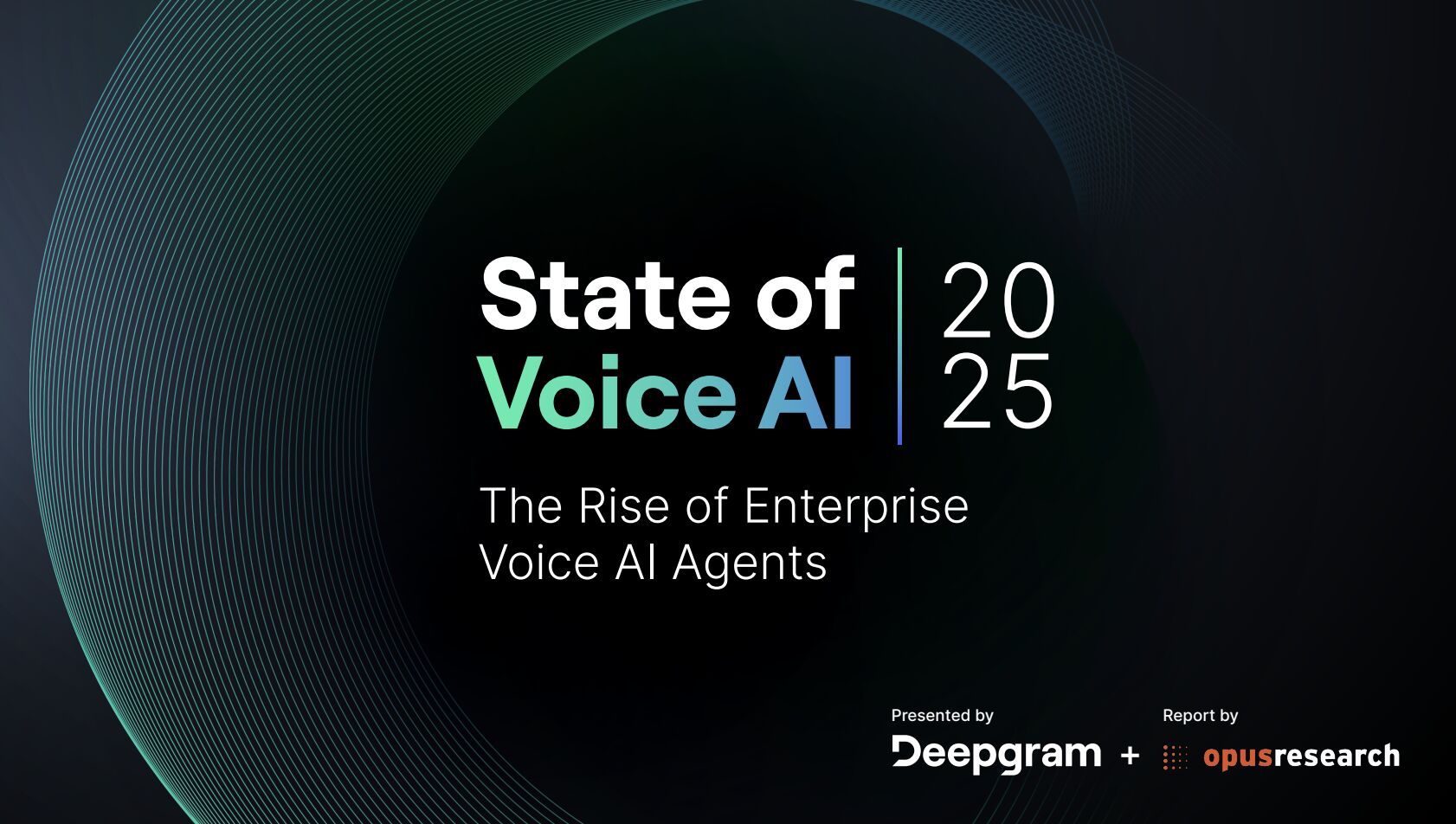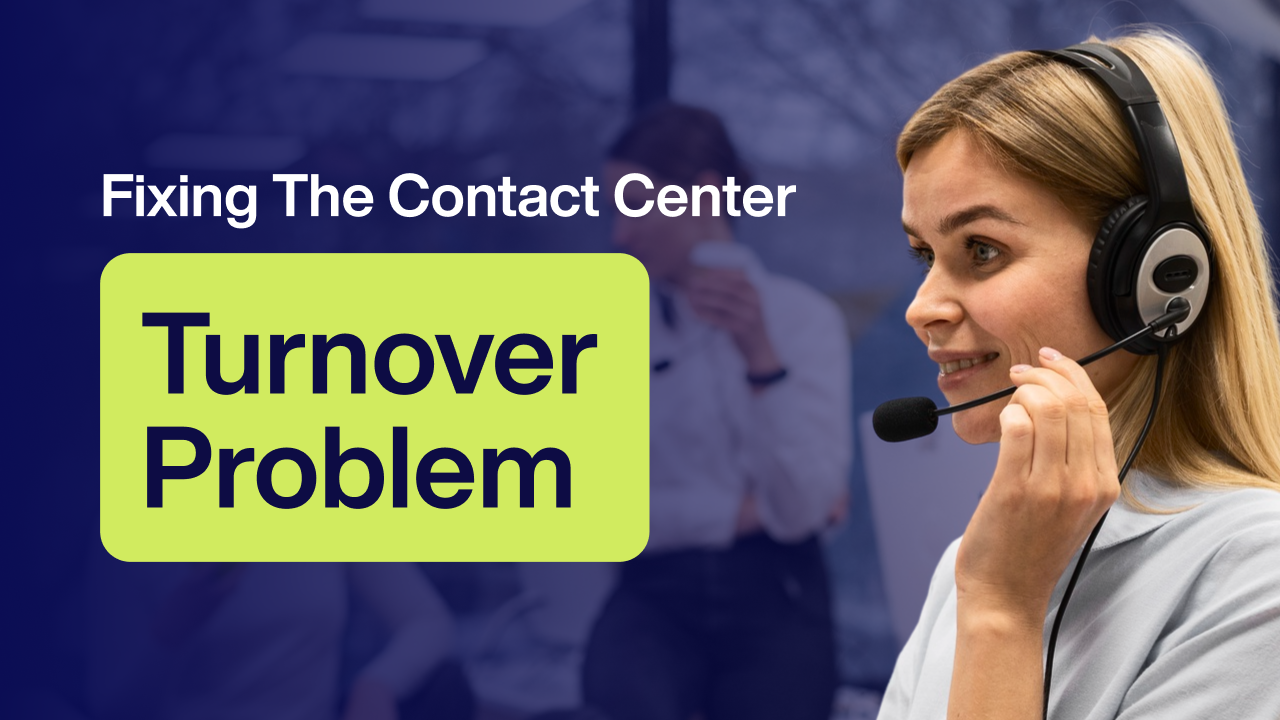Healthcare Contact Centers: What Others Are Just Diagnosing, EGS Has Already Solved

The Problem Isn’t New. But the Solutions Shouldn’t Be Either.
Healthcare contact centers are in trouble.
Consultants are just now publishing white papers highlighting the same problems we've seen for years:
- High call abandonment rates (10–15%)
- No workforce management or forecasting
- No QA or coaching processes
- Technology platforms sitting idle
- Untrained staff struggling with basic CX skills
These are not insights. They’re symptoms — and the real issue is execution.
At EGS, we’ve already built the solutions. And we’ve deployed them inside hospitals, specialty clinics, and health systems across the U.S.
From Diagnosis to Deployment: What EGS Has Done Differently
Here’s what “fixing it” actually looks like in practice:
✅ Over 70% Reduction in Abandonment Rates
We’ve helped clients move from double-digit drop-offs to consistent, single-digit abandon performance — with the data to prove it.
✅ 40% Increase in Top-Line Revenue
Through better routing, faster response times, and revenue-saving retention strategies, our healthcare clients are driving more appointments, more follow-ups, and more closed care loops.
✅ 55% Reduction in Operating Costs
By blending our highly skilled nearshore labor teams in Mexico with advanced Voice AI technology, we’ve helped organizations radically reduce cost-per-contact — without sacrificing patient experience.
What Winning Contact Centers Are Doing Now
The white paper insights making the rounds right now? At EGS, we’ve turned them into operational reality:
What the Industry Talks AboutWhat EGS Delivers“Track KPIs daily”Real-time dashboards + daily team reviews“Reduce abandoned calls”AI screening + optimized staffing + smart IVR“Align with patient expectations”Consumer-first scripting + empathy training“Use speech analytics”Live QA reviews + coaching scripts per agent“Lower costs”Mexico-based CX teams + automation layer
Why Most Healthcare CX Initiatives Fail
Because most leaders think they have a staffing problem, when in reality they have an operational design problem.
What we see most often:
- Overpaid agents doing understructured work
- No visibility into hourly volume vs staffing gaps
- Tools (IVR, WFM, CRMs) going 90% unused
- Contact center management with zero healthcare context
EGS Isn’t Just Another Vendor — We’re Your Operational Partner
We don’t show up with a slide deck. We show up with solutions already in place. Our healthcare clients aren’t stuck at the “strategy” level — they’re seeing hard performance gains, like:
- More answered calls
- Faster triage and appointment handling
- Happier staff and lower turnover
- Tangible ROI across labor and patient retention
Ready to See It in Action?
Don’t settle for recommendations — demand results.
💡 Get a free CX Assessment today.
We’ll analyze your current contact center structure and show you what performance should actually look like.
📅 Schedule a meeting now
📱 Or call/text me directly at 602-312-8900

No Spam —
Just Good Stuff.
Join our newsletter for actionable advice, insider knowledge, and strategies that drive real results.
No fluff, just value.
.png)
%20(1).png)
From The Blog
Read All Articles
Hybrid AI That Stops Churn in Telecom and Retail

Balancing Compliance, Empathy, and Efficiency: EGS’s Hybrid AI in the Real World

AI-Human Hybrid Support: Raising the Bar on Fraud Detection and Compliance

How Hybrid AI Reduces Patient No‑Shows and Scheduling Burnout

Stop Stockouts Before They Start: AI‑Human Hybrid QA for Supply Chain Accuracy

Balancing Compliance, Empathy, and Efficiency: EGS’s Hybrid AI Across Industries

Hybrid AI Voice Bots: Better CX, Happier Agents, and Smarter Schedules

Hybrid AI in Banking: Handling Complex Service Without Losing the Human Touch

Hybrid AI for Financial Services: Solving Complex Service Without Losing the Human Touch

How Hybrid AI Reduces Patient No-Shows and Scheduler Burnout

Hybrid AI That Actually Moves the Needle in Healthcare RCM

How AI-Human Collaboration Elevates Quality Assurance on the Factory Floor

Why Nearshore Hybrid BPOs Outperform Offshore Automation Centers

How Hybrid AI Voice Bots Elevate CX and Make Agents Unstoppable

AI‑Human Hybrid Support That Elevates Fraud Detection and Compliance

How Hybrid AI Streamlines Healthcare Revenue Cycle—Without Losing the Human Touch

AI-human hybrid quality assurance for supply chain accuracy

Why Nearshore Hybrid BPOs Outperform Offshore Automation Centers

AI + Human QA on the Line: How Hybrid Teams Raise Manufacturing Quality

Why Nearshore Hybrid BPOs Outperform Offshore Automation Centers

How AI-Human Collaboration Elevates Quality Assurance in Modern Manufacturing

Hybrid AI That Keeps Schedules Full: Reducing Patient No‑Shows and Burnout

Why Nearshore Hybrid BPOs Outperform Offshore Automation Centers

Hybrid AI That Quietly Fixes Healthcare RCM—Starting With the Schedule

How AI-Human Collaboration Raises the Bar on Manufacturing Quality Assurance

How Hybrid AI Tackles the Toughest Banking Service Moments

AI + Human QA: How Hybrid Teams Catch Defects Early and Strengthen Audits

How Hybrid AI Cuts Churn in Telecom and Retail—Without Losing the Human Touch

Hybrid AI for Financial Services: Faster Resolution, Stronger Compliance, Human-Centered Support

Hybrid AI That Fills Schedules and Eases Burnout: Reducing Patient No-Shows in Healthcare

Hybrid AI-human support that strengthens fraud detection and compliance—without breaking customer trust

AI + Humans: Elevating Quality Assurance on the Factory Floor

AI-human hybrid quality assurance for supply chain accuracy

Hybrid AI That Keeps Schedules Full—and Clinicians Fresh

AI-Human Hybrid Support: Stronger Fraud Detection and Compliance at the Contact Center

Why Nearshore Hybrid BPOs Outperform Offshore Automation Centers

From Empty Slots to Full Days: Hybrid AI Scheduling That Reduces Burnout

From No‑Shows to Full Days: Hybrid AI That Fixes Provider Schedules Without Burning Out Staff

From Empty Slots to Full Schedules: Hybrid AI That Boosts Access and Reduces Burnout

Stop the Scheduling Spiral: Hybrid AI That Fills Schedules Without Burning Out Providers

Stop Empty Slots from Fueling Burnout: Hybrid AI-Human Scheduling for Health Systems

From Empty Slots to Full Days: Hybrid AI Scheduling for Health Systems

From Hold Music to Full Schedules: Hybrid AI That Lifts Provider Productivity Without Burning Out Staff

Stop the Scheduling Whiplash: Hybrid AI That Fills Last‑Minute Openings Without Burning Out Your Staff
.png)
Stop the Scheduling Spiral: How Hybrid AI Keeps Providers Productive and Patients Seen
.png)
AI & Financial Services: Where Compliance Meets Conversation

E-commerce's Hybrid AI Advantages: From Order Status to Complicated Returns
.png)
Customer Service & Experience East 2025 (Reuters Events)
.png)
NACHC’s Workforce Conference (formerly FOM/IT)
.png)
Healthcare's AI-Human Sweet Spot: When Empathy Meets Efficiency
.png)
Choosing the Right Contact Center Technology Stack for Your Industry
.png)
Order Management Support: Where AI Excels & Where It Fails
.png)
Customer Success vs. Customer Support: When to Use AI vs. Human Touch

687% Increase in Referral Processing in 6 Months: How One Healthcare Organization Turned Its Patient Support Around

5 Warning Signs Your Medical Referral Process Needs Immediate Attention

AI‑Powered Healthcare Contact Centers: What CX Leaders Need to Know

AI‑Powered Healthcare Contact Centers: What You Need to Know

Real-Life Use Cases of Contact Center Automation for Cost Reduction

5 Proven Use Cases of Contact Center Automation That Cut Costs by Up to 30%

How Leading Companies Are Reducing Support Costs and Boosting Customer Satisfaction with AI

Real-Life Use Cases of Contact Center Automation for Cost Reduction
























.png)


.png)
.png)
.png)
.png)
.png)
.png)
.png)
.png)
.png)
.png)

